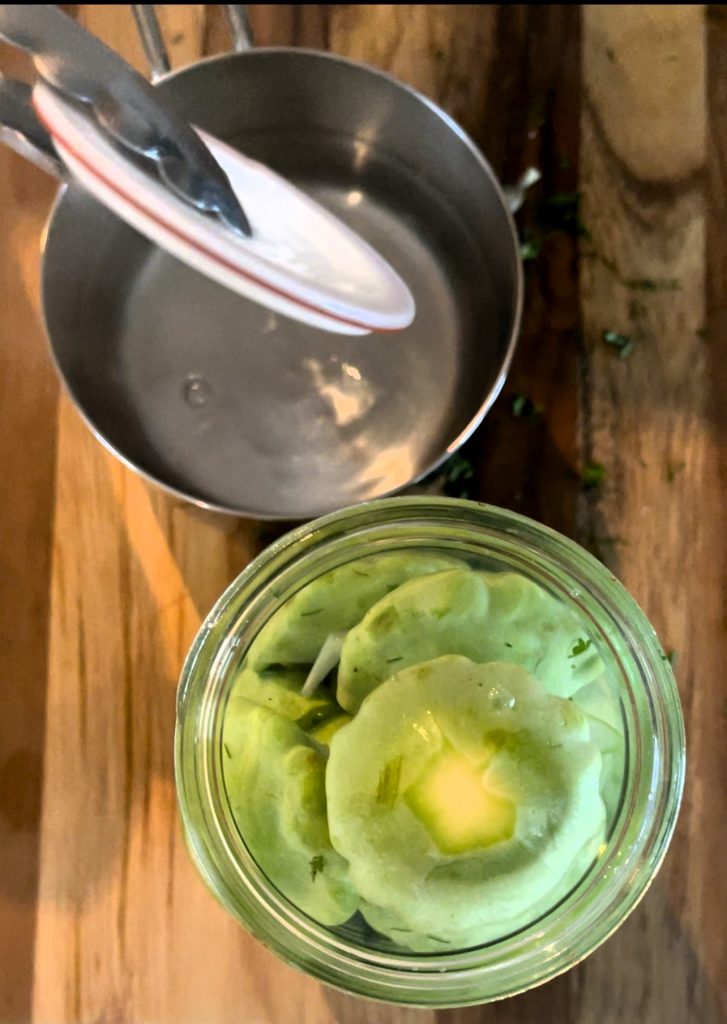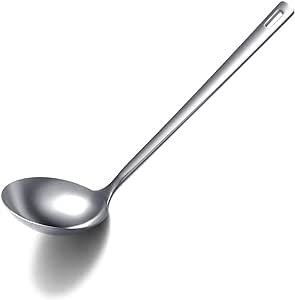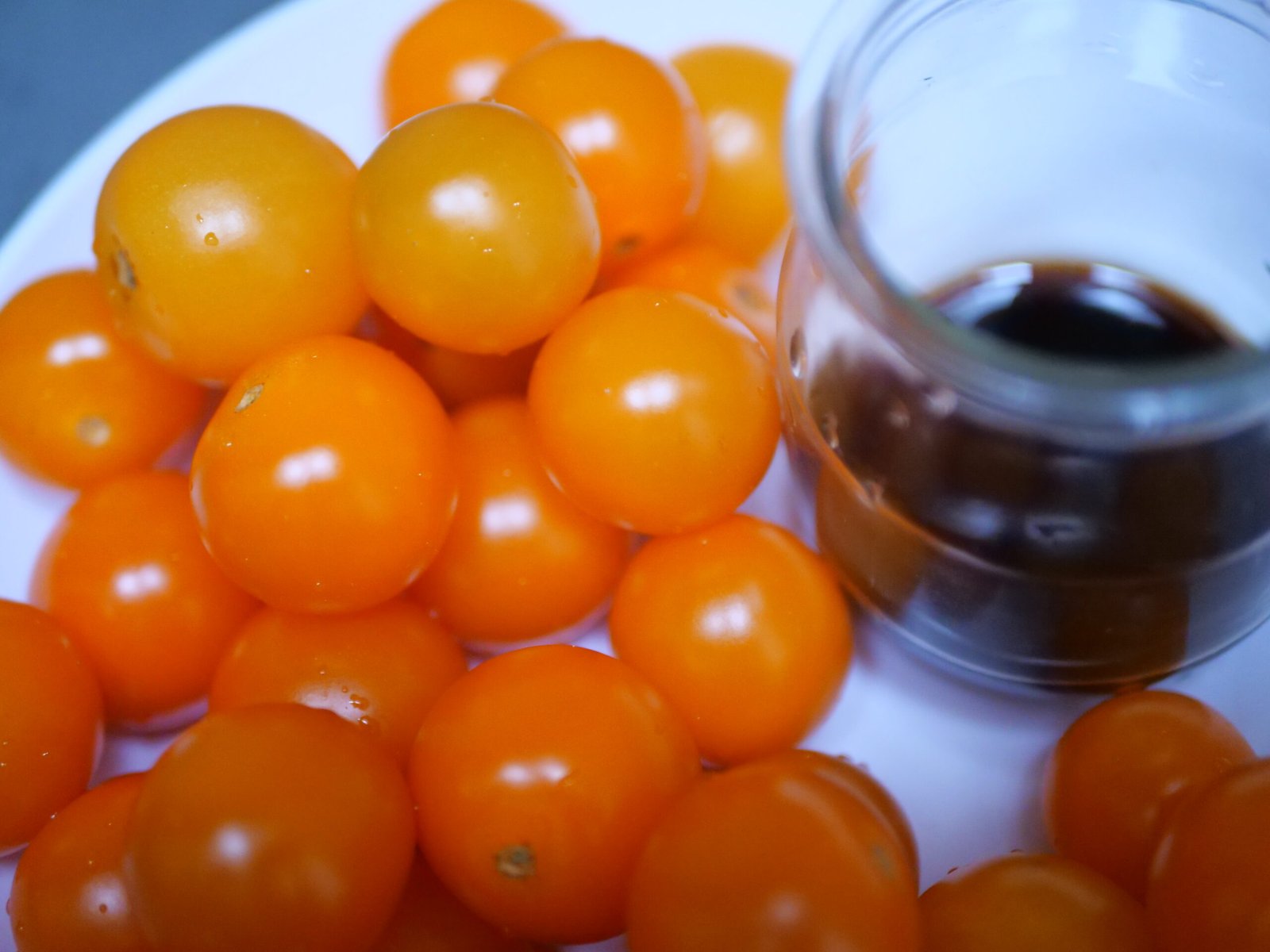How To Pickle Pattypan Squash: Guide And Canning Recipe
Views: 410
Canning preserves made from summer squash, like pattypan squash, are staples in our home country of Ukraine. We use summer squash in just about everything – from savory dishes to, believe it or not, jam! While the summer squash jam is not likely to win any awards, this pickled pattypan squash recipe just might! But hey, if any of you lovely readers are curious about the summer squash jam, just give us a shout, and we’ll gladly share the recipe for this quirky culinary creation.
Summer squash to use in this recipe

Pattypan squash, a fun variety of summer squash, has a cute, round shape with scalloped edges, earning it the nickname “flying saucer squash.” Like their more common summer squash cousins, pattypan squash comes in cheerful shades of pale green to bright yellow and has a similarly sweetish texture and tender skin. If you’ve got a surplus of young and tender summer squash, this recipe is perfect for pickling those veggies too! And if you’re aiming for a funky-looking preserve that doubles as a great conversation starter, go for pattypan squash! The key to success with this pattypan pickling recipe is selecting young and tender pattypan squash, ideally no more than 2 to 3 inches in diameter.
Image: Mini patissons, Idéalités, CC BY-SA 4.0, via Wikimedia Commons
How to calculate the required amount of brine?
We’re going to let you in on a secret to making your pickling brine just right.
First off, forget about estimating brine based on the weight of the veggies. It’s a surefire way to end up with too much or too little of the brine liquid.
One way to calculate the amount of brine required is to assume that 1 pound of pattypans fills exactly one 32 oz. jar and prepare the brine ingredients accordingly. But that leads to waste, and we’re not about that. Instead, get hands-on. Fill your jars with aromatics, spices and prepared pattypans. Then, measure out the marinade based on the number of filled Mason jars. This method significantly reduces waste of ingredients like sugar, salt, and vinegar.








Recommended Canning Tools & Equipment for this and other recipes:
Pickled Pattypan Recipe
Ingredients
The amount of brine aromatics you'll need depends on how many 32 oz. (1-litre) Mason jars you're using, not on the weight of the pattypans. Below, we provide the ingredients for filling one 32 oz. Mason jar. To get the amount of brine and aromatics needed for your specific canning project, multiply these amounts by the number of jars you plan to fill with pattypans.
- 1 ½ pounds small, young pattypans (650 g) or more as needed to fill one 32 oz. (1-litre) jar
- 32 oz water (1 liter)
- 1 ½ tbsp. pickling salt
- 1 tsp. sugar
- 1 tbsp. 7% pickling vinegar
- 4 garlic cloves
- ¼ cup young dill
- ¼ cup curly or Italian parsley
- 8 whole black peppercorns
Instructions
Prepare the Vegetables and Herbs:
- Thoroughly wash the pattypans. Use a vegetable brush if needed.
- Trim the ends of the pattypans and remove any blemishes. Better yet, discard any pattypans with blemishes.
- Depending on the size of pattypans you plan to can and your preference, you can keep pattypans whole or cut them in halves or quarters.
- Wash the dill and parsley, remove the tough stems, and roughly chop them. Set chopped herbs aside.
- Peel the garlic cloves and slice or quarter them.
Fill the Jars:
- Clean and sterilize the jars before starting.
- Divide the sliced garlic, black pepper, chopped dill, and parsley equally among the jars. Use less for smaller jars.
- Place the garlic, pepper, dill, and parsley at the bottom of each jar.
- Pack the pattypans tightly into the jars to minimize space.
Prepare the Pickling Brine:
- Measure 1 litre (32 oz.) of cold, clean water for each 1-litre jar filled with pattypans. Pour the measured-out water into a pot used for making a pickling marinade.
- Measure out the salt, sugar, and vinegar based on the proportions described in the recipe for one 32 oz. (1 liter) jar. To get the required amount of these ingredients, multiply the amounts specified for a single jar by the number of 32 oz jars you plan to use.
- Add the measured salt and sugar to the pot with water.
- Bring the water to a boil and continue boiling until the sugar and salt are completely dissolved. Do not boil for less than 5 minutes. Just before turning off the heat, add the pickling vinegar and immediately turn off the heat. This is your pickling brine.
Final Steps:
- Carefully pour the brine into the jars, leaving a ½-inch headspace. Cover with the lids and tighten the lid bands.
- Process the jars in a hot water bath or atmospheric steam canner. For best results we recommend pasteurizing this preserve for 30 minutes.
Processing time guidelines for hot water bath or atmospheric steam canners
Style of Pack: Raw (in Hot Brine)| Process Time at Elevations of: | |||
| Jar Size | 0 – 1,000 ft | 1,001 – 6,000 ft | Above 6,000 ft |
| Pints (16 oz) | 10 min | 15 min | 20 min |
| Quarts (32 oz) | 15 min | 20 min | 25 min |
We can’t wait to learn how this preserve recipe worked out for you. Leave us a comment below, like us on X, Facebook, Pinterest and Instagram. And remember, sharing is caring!
If you are in the market for a reliable atmospheric steam canner, VKP brands is one the most popular atmospheric steam canner in use today.
Frequently asked questions
How Soon Can You Eat Pickled Pattypans?
We made the mistake of opening our pickled pattypans just one week after canning them. Trust us, don’t do it! For the best flavor, let them sit for at least 1 to 1 ½ months. Patience pays off, and you’ll be rewarded with delicious pickled pattypans that are worth the wait!
Can I Make This Pickled Baby Pattypan Squash Using The Open Kettle Method?
We’ve adjusted the processing time and steps to make this recipe work for water baths or atmospheric steam canning. For best results, we recommend following using one of these two methods.
That said, in most of Europe, it’d be common to use the open kettle canning method for this recipe. If you choose this method, it’s crucial to pour boiling brine immediately into the jars. Lukewarm brine won’t work. Additionally, make sure to flip the jars upside down. This step is essential for a successful open kettle canning project.
For more open kettle canning tips and tricks, read this post on how to open kettle can vegetables.
Why are my pattypans watery?
If you selected larger more mature pattypans for this preserve, you most likely ended up with watery pattypans. We don’t know what it is about large size of pattypans, but somehow they end up being fibrous and waterlogged when canned.
Why are my pattypans mushy?
If you processed these preserves using boiling water bath or steam canner, you likely ended up with pattypans that are a bit soft inside. However, if your pattypans are mushy, chances are the blossom stems were not completely removed and that has made the preserved pattypans softer than you expected. For ultimate results, we recommend pasteurizing this preserve. We are not going to recommend either calcium or other chemical additives to improve the texture of the preserve as are determined to keep our canning recipes as healthy and natural as they can be.
What is pasteurizing?
Pasteurizing, is a preservation technique where the water is kept between 180°F and 185°F (80°C) instead of 212°F/100°C, which is the temperature used for boiling water bath. You have to extend the processing time to 30 minutes to make a safe preserve with this technique.
Can Pickled Pattypans Prepared This Way Go Bad?
Yes, pickled pattypans can go bad. While the pickling process helps preserve pattypans, factors such as improper sealing, contamination, or extended storage can lead to spoilage. Signs of spoilage include a change in color, an off-putting odor, or the presence of mold. If you notice any of these signs, it’s best to discard the preserve to avoid the risk of consuming spoiled food.
How can I use this pickled baby pattypan squash?
These pickled vegetables are an ultimate make-ahead side dish that you will come to appreciate for its various uses. Here are some of the many ways to enjoy them:
- With Grilled Meats: Serve them as a side to grilled meats for a delicious combo of flavors.
- Must-Have for Sauces: For a unique twist, swap pickles for these picked vegetables in sauces like Sauce Gribiche (link), remoulade (link), and homemade tartar sauce (link).
- Salad addition: Mix it with orzo, pasta or rice to make tasty salads. We also like these pickled pattypans in salads with cooked vegetables like beets.
Whether you’re grilling, tossing salads, or saucing things up, these pickled pattypans are your go-to for adding that special something to your food.
You may also like:
-
Duo Of Pickled Crunchy Cucumber Spears And Pattypan Squash
Why would anybody pickles pattypan and cucumbers spears together? How about bragging rights? Anyone can bring a jar of cucumber pickles to the table. But when you casually say, “Oh, these are my pickled pattypan squash and cucumber spears”, just watch people’s eyebrows shoot up. You’re instantly the most interesting person at the potluck.
-
Soy Sauce Pickled Cherry Tomatoes: Try Bold, New Pickle Flavor
Yes, you can make soy sauce pickled cherry tomatoes! They are a bold twist on traditional pickles, delivering an unexpected burst of umami and sweetness. Forget ordinary vinegar-based brines—this recipe transforms your tomatoes into an unforgettable flavor bomb. Perfect for snacking or charcuterie boards, this unique pickle will wow your taste buds!
-
How To Pickle Cherry Tomatoes: Easy Recipe, Tips, And Troubleshooting
Cherry tomatoes are the candy of the vegetable world, but they don’t last forever—unless you pickle them! Try this easy, beginner-friendly recipe for the perfect homemade holiday gift. Pickled and canned cherry tomatoes make a great addition to your charcuterie board and add a pop of color, like little jewels, to your holiday table.
-
Fried And Pickled Sweet Banana Peppers: Recipe For Canning
Looking for a simple way to jazz up your charcuterie board? This fried and pickled sweet banana peppers recipe is your new go-to! These peppers are easy to can, so you’ll always have a jar ready to impress guests—or just treat yourself. Plus, these canned banana peppers make a great side for any meats!
-
How To Make Pickled Roasted Bell Pepper
Pickled roasted bell peppers are a pantry staple, and making them at home is easy and rewarding. With rising prices and growing interest in food quality, now is the perfect time to roast and pickle your own. It’s a simple way to save money, control ingredients, and enjoy healthier peppers in your meals!
-
Easy Hungarian Lesco: Hearty Tomato – Pepper Stew Canning Recipe
Just as ratatouille brings France to life, lecho (lecso) is Hungary in a bowl. This rich, sweet-and-sour stew of tomatoes and peppers uses simple ingredients with bold, unforgettable flavors. Want to enjoy it all year? Try the canning recipe and keep a taste of Hungary’s harvest season right in your pantry.
-
A Better Way To Use Green Tomatoes – Pickle Them!
Let’s be honest, fried green tomatoes aren’t that special. Without the movie, we wouldn’t even be talking about them. So, what should you do with your green tomatoes? Make pickles, of course! Go ahead—make some. Bet you can’t resist eating the whole jar in one go!
-
Spicy Dill Pickles Recipe For Open Kettle Canning Method
Craving heat? We’ve got it! We took our classic dill pickles recipe and turned up the heat to bring you the spicy pickles recipe for canning you’ve been asking for! But that’s not all! We’ll also show you how to make this recipe work with either the open kettle or boiling water bath canning methods.
-
Pickled Cucumber Salad With Spanish Sweet And Smoky Paprika
Curious about what else you can do with your pickling cucumbers? Try our pickled cucumber salad with carrots and a simple marinade—it’s sure to impress. Plus, it’s the ultimate make-ahead meal in a jar. The secret ingredient? Spanish paprika, an unexpected spice that makes this recipe truly stand out.
-
Pickled Cucumbers: Time-Tested Hungarian Recipe
Pickling cucumbers has been a European tradition for ages. But the Hungarian commercially-made Globus pickled cucumbers have always been the top of the line. Globus pickles set the gold standard, inspiring pickles fans everywhere to crack the Globus code. This recipe does just that! It captures that legendary Globus taste from the 80s.
























Leave a Reply